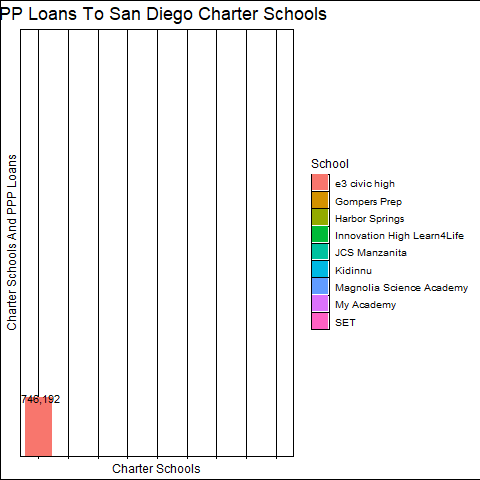Schools Need $245 Billion to Reopen Safely, State Education Chiefs Estimate
The cost estimate is the biggest yet from a national education organization.
SCHOOLS WILL NEED AS much as $245 billion in additional federal support to safely reopen in the midst of the coronavirus pandemic, a new estimate from the Council of Chief State School Officers shows.
The cost estimate – the biggest yet from a national education organization – represents a sobering recognition from red and blue states alike that a major federal bailout is needed in order to reopen for 55 million children whose schools shuttered in March
"While the amount of federal funding that is necessary to successfully and safely reopen schools and keep K-12 education budgets whole in the coming year is substantial, it is an essential investment in the nation's ongoing economic recovery and future competitiveness," Carissa Moffat Miller, CCSSO executive director, wrote in a letter sent Tuesday to Sen. Lamar Alexander, Tennessee Republican and chairman of the Health, Education, Labor and Pensions Committee, who requested the estimate earlier this month.
"As long as our K-12 school buildings remain closed, our country's economy cannot get back up and running and our economy will continue to suffer trillion-dollar losses," she wrote. "At the same time, we must address the significant academic and social-emotional impacts on students throughout this crisis and help them overcome the considerable learning loss and trauma they have experienced if we are ever to ensure a thriving economy in the years to come."
The estimate concludes that states need an additional $158 billion to $245 billion in federal assistance over the next two years. The financial analysis takes into account costs associated with operating remote and in-person instruction, addressing students' academic learning loss,CONTINUE READING: Schools Need $245 Billion From Federal Government to Reopen Safely | Education News | US News
































